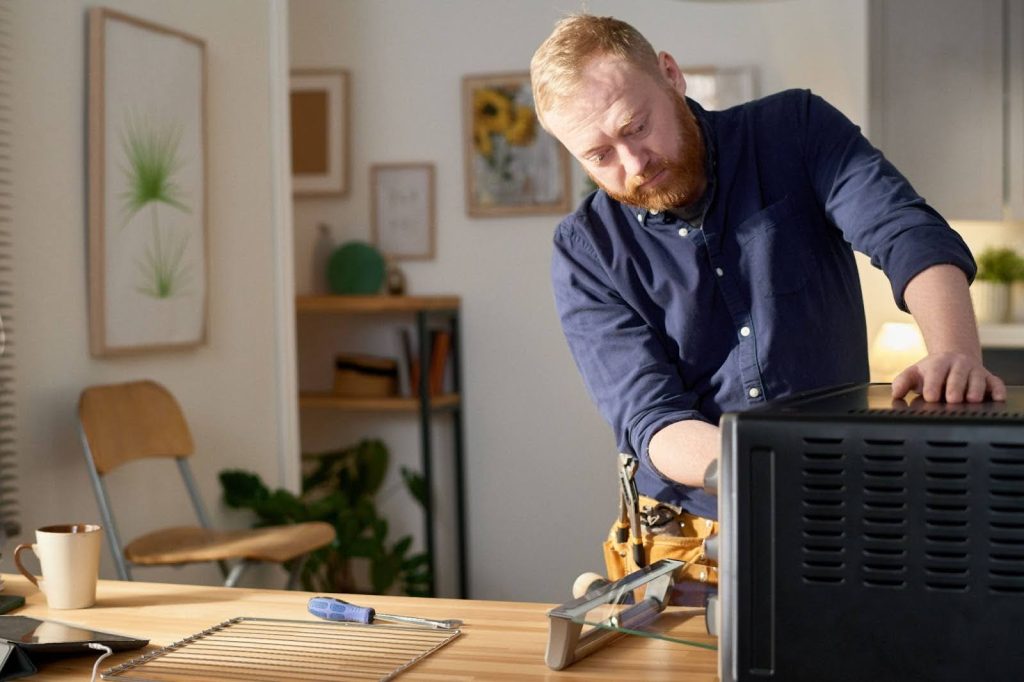Portable Appliance Testing (PAT) has long been a cornerstone in ensuring the safety of electrical appliances, with a focus on preventing potential hazards such as electric shock, fires, and other risks associated with faulty devices. However, as technology advances and industries evolve, the question arises: are there alternatives to PAT testing that can effectively address electrical safety concerns? This guide explores various testing methods, their benefits, and the legal implications surrounding electrical safety.
What is Portable Appliance Testing (PAT)?
Portable Appliance Testing, commonly known as PAT testing, is a methodical examination of electrical appliances to ensure their safety for use. The process involves a series of tests and inspections, including visual checks, earth continuity testing, insulation resistance testing, and functional testing. PAT testing is considered a legal requirement in many jurisdictions, emphasizing the duty of care that individuals and businesses hold to prevent electrical hazards.
Is PAT Testing a Legal Requirement?
PAT testing is not mandated by law, although it is mandated that individuals are responsible for electrical safety, placing a legal duty on employers, landlords, and individuals to ensure that electrical appliances in their possession are safe. One of the easiest ways to achieve this safety is through PAT testing. Failure to comply with these legal obligations can result in severe consequences, including fines, invalidated insurance policies, and legal liabilities in case of accidents.
Who is responsible for PAT testing?
Are There Alternatives to PAT Testing?
When it comes to testing equipment, there are a wide variety of methods that you can use to ensure the safety of your electrical devices. Below are just a few of the common alternative methods.
Visual Inspection and User Checks
Visual inspections and user checks involve a thorough examination of electrical appliances for any visible signs of damage or wear. While the visual examination method may not be as comprehensive as PAT testing, it serves as a basic yet effective way to identify obvious defects.
Functional Testing
Functional testing involves assessing whether an electrical appliance performs its intended functions correctly. This method, though not a substitute for all PAT tests, can be effective in identifying certain faults in devices.
Insulation Resistance Testing
Insulation resistance testing measures the resistance of an appliance’s insulation to prevent current leakage. This type of insulation testing can be particularly useful in identifying potential hazards related to insulation breakdown.
Earth Continuity Testing
Focused on ensuring the integrity of the protective conductor, earth continuity testing is crucial in preventing electric shock. This test is essential for devices with a metal casing.
Substitute Leakage Testing
Simulated substitute leakage testing involves using a device to mimic potential leakage currents. While not a direct substitute for all PAT tests, it can provide additional insights into the safety of electrical equipment.
Battery Testing
Battery testing is relevant for devices that rely on batteries for power. Ensuring the proper functioning of batteries is essential for preventing malfunctions and potential hazards.
Factors That Influence Testing Choices
As there are a wide variety of electrical tests you can perform, choosing the right one can be daunting. Here are some important factors to consider when carrying out a service inspection on any type of appliance:
- Type of Equipment: Different types of appliances may require specific testing methods. For example, stationary appliances may undergo different tests compared to portable devices.
- Technical Knowledge: The level of technical knowledge among users or testing personnel can influence the choice of testing methods. Some methods may require specialized training courses.
- Risk Assessment: A thorough risk assessment should be conducted to identify potential hazards associated with specific electrical appliances. This assessment guides the selection of appropriate testing methods.
- Cost Considerations: The cost of testing equipment, training, and implementation can impact the decision to adopt alternative testing methods. Some methods may be more cost-effective for certain types of equipment.
- Environmental Hazards: Environmental conditions, such as adverse weather, can influence the choice of testing methods. Certain conditions may render specific tests impractical or less reliable.
Can you PAT test your own equipment?
Why is PAT Testing a Superior Choice?
Portable Appliance Testing (PAT) stands out as a superior choice for ensuring electrical safety due to the fact that it’s a comprehensive approach. PAT testing incorporates a thorough examination, including visual inspections, earth continuity testing, insulation resistance testing, and functional testing, covering a wide range of electrical systems and appliances. The testing requirements are clearly defined, and upon successful completion, a testing certificate is issued, providing documented evidence of compliance.
The meticulous testing procedure helps identify electrical safety defects, ensuring faulty appliances are promptly addressed. The combination of service and inspection in PAT testing caters to diverse types of appliances, regardless of their power supply or complexity. Additionally, the level of knowledge required to carry out a comprehensive electrical safety assessment is not possessed by the average person, so a competent professional PAT tester is a necessity.
Moreover, the emphasis on maintaining a safe condition reduces the risk of false readings, offering a reliable evaluation of electrical equipment. In contrast to alternate testing methods, the annual testing frequency in PAT ensures a consistent and proactive approach to electrical safety, making it the superior choice for comprehensive and effective risk mitigation.
Professional PAT Testing Services
At Legionella Risk and PAT, we excel in providing comprehensive Portable Appliance Testing (PAT) services that prioritize electrical safety for businesses and individuals. Our services encompass a meticulous examination of electrical appliances whilst also adhering to stringent testing requirements, ensuring a thorough assessment of diverse electrical systems and appliances. With a commitment to safety, our certified professionals conduct an inspection, addressing potential hazards in various types of appliances, ensuring you remain compliant and safe.


